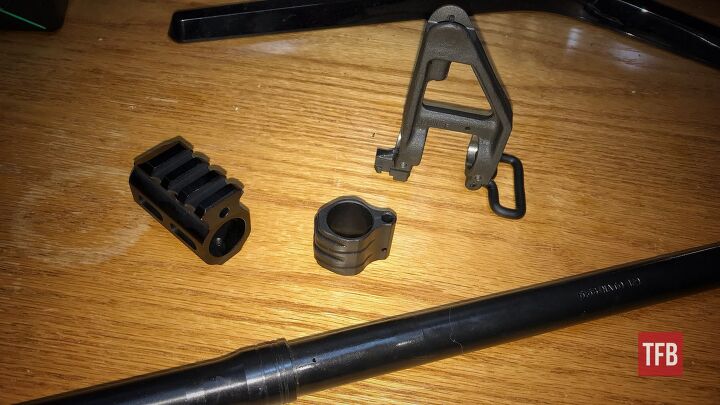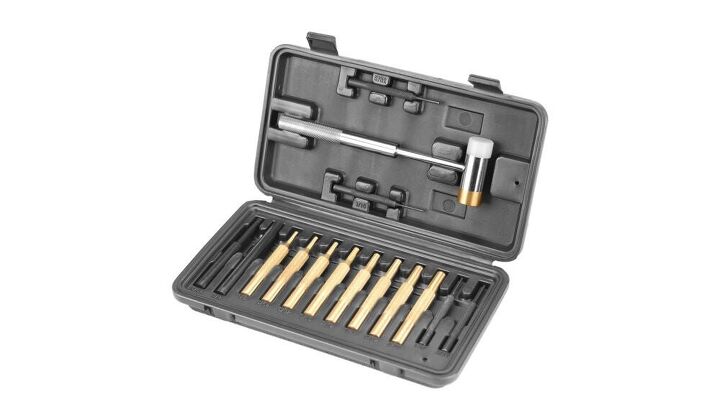Welcome everyone to the TFB Armorer’s Bench! As mentioned in the little blurb, this series will focus on a lot of home armorer and gunsmith activities. In this article sponsored by Wheeler, Tipton, Caldwell, and Frankford Arsenal, I decided to go over a broad spectrum article regarding AR15 Gas Blocks. I recently saw that someone reached out asking for this sort of thing and I am happy to put together a list of Tips and Tricks as well as some extra information along the way. Let’s jump into Tips and Tricks – AR15 Gas Blocks!
TFB Armorer’s Bench: Tips and Tricks – AR15 Gas Blocks
Welcome to our recurring series of Armorer’s Bench which is made possible and brought to you by Wheeler, Tipton, Caldwell, and Frankford Arsenal who are our sponsors. Here, we at TFB hope to inform, entertain, and even inspire any would-be gunsmith or armorer out there. Ideally, with the information I provide and with the help of our sponsors, you can have some useful knowledge pertaining to the conservation and improvement of firearms technology while at the same time sharing experiences and teaching each other new tips and tricks along the way in the comments. Digging deep into what it is to be an armorer or gunsmith has significance but what is important is what those people do to show they’ve earned that title. I am happy to share my experiences and knowledge and hope it is informative!
Make your personal safety a priority:
- Practice proper gun safety. Always make sure before the firearm hits your bench that it is unloaded and safe to be handled.
- Wear the proper safety equipment. The main one would be safety glasses (decent ones) since parts are often under spring tension and you may work with high RPM tools. Other honorable mentions would be latex gloves or a respirator when working with potentially harmful solvents and oils. Also hearing protection when working with loud machinery or test-firing firearms.
- Modifications, alterations, and customizations will void your firearm’s warranty 9.5 times out of 10. Please take that into consideration before attempting any at-home gunsmithing.
- If you are unsure about proper safety practices, disassembly procedures, or warranty standards, stop, put down the tools, and consult a competent gunsmith.
Types of AR15 Gas Blocks: Tips and Tricks – AR15 Gas Blocks
Quick Lesson on Diameter: Gas blocks come in different diameters. These diameters are associated with diameters of different types of barrels. There is .625 (pencil barrel), .750 (standard government barrel, most common), .875 (bull barrels, less common), .936 (bull barrels, more common).
A2 AR15 Gas Blocks: This super common type of gas block is extremely normal on most “budget” AR15 rifles or mil-spec specific rifles. The big giveaway is its stereotypical triangle shape and the fact that it is a part of your sight system. Front sight post built-in and all. These are so common that some companies make jigs to hold for removal or Wheeler Engineering for example has a bench block that has an A2 gas block cutout built-in.
Aside from the aesthetics of the shape of the gas block and the inclusion of a front sight, these also will have pins that go through the bottom of the block. These pins have corresponding cuts in the barrel so they can pass by unaffected. Some A2 style AR15 gas blocks do not have a bayonet lug like the one below.
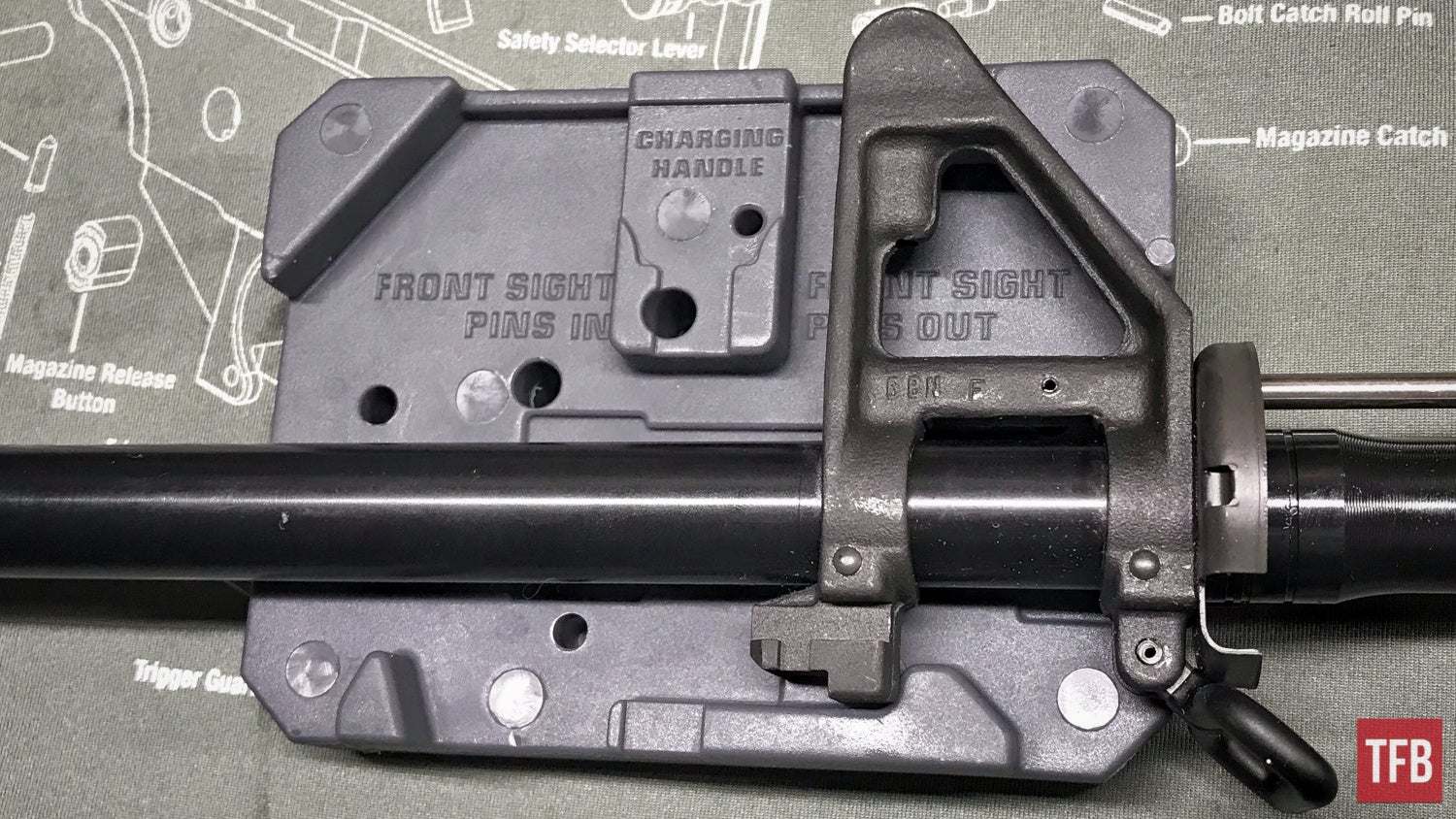
Picatinny AR15 Gas Blocks: This one is a sort of workaround and an in-between. The Picatinny gas block is a gas block that literally has a Picatinny rail built-in or on per se. This is mainly a way to have a Picatinny rail up in front or extend from a quad rail to get the best sighting plane (ideally with a flip-up sight) without swapping your handguard for a free float and gas block for a low-profile gas block.
Picatinny gas blocks are usually pretty bulky and have the obvious Picatinny slots built on top. They are usually secured to the barrel by set screws located below the block on the underside (older versions have screws on the side also and some still use pins). These set screws should fit into dimples on the barrel. If a barrel does not have them make sure you bring it to a competent gunsmith to lightly and SHALLOWLY drill dimples on the underside of the barrel. This prevents the gas block from moving from its place and ensures correct alignment. Some barrels will have these dimples built-in.

Low-Profile AR15 Gas Blocks: Low-profile gas blocks are usually very minimalist and small and thin. These are useful for weight reduction but are most commonly used for the installation of a free-float handguard which would be hovering over the top of said gas block. Free float handguards have many perks. Perks such as tons of rail space and better barrel harmonics.
Low-profile gas blocks are typically very small in comparison to every other type of gas block. At the very least they are purposely made to be shorter. They are secured to the barrel of an AR15 in the same way some Picatinny gas blocks would be with dimples and set screws

Adjustable AR15 Gas Blocks: This one I will admit to not having tons of experience with but allow me to explain as best as I can. Adjustable gas blocks are gas blocks that have a way to manipulate the amount of gas that is put through the block and tube and into the action. These are useful when working with different types of ammo or more commonly working with a suppressor. Suppressors paired with subsonic ammunition may not produce enough gas in a “normal” configuration in order to cycle the action. With an adjustable gas block, you can make it so the gas system has enough gas to cycle.
Adjustable gas blocks were once fairly bulky like most Picatinny-style gas blocks can be. Nowadays they can be just as small and slim as a low-profile gas block. This makes it so they can easily be up under a free-float handguard. The downside is you still need to be able to adjust the gas block and this can usually be done with a long Allan key.
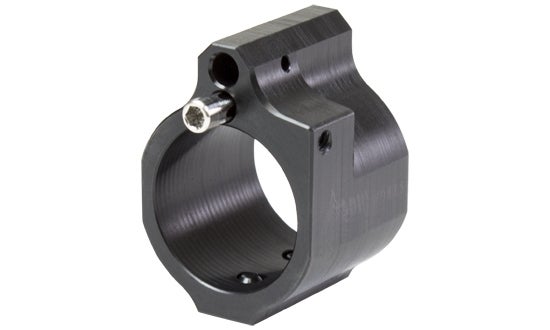
ODIN Works Adjustable AR-15 Gas Blocks for .875 and .936 Barrels
A2 Gas Block Removal: Tips and Tricks – AR15 Gas Blocks
Below is an excerpt from my AR15 Upper Disassembly article. In this portion which was step number five, I go over the process of removing the A2 style gas block. Make sure to read the important bit about measuring the gas block pins to see which way they are to be driven out.
Now onto the dreaded gas block removal! This portion is something that gives everyone a headache and is probably the number one AR15 disassembly-related problem I see customers having when they come into our shop with a problem, especially with these A2 gas block front slights. The reason for all the agony of the A2 is the two tapered pins (these only go in and come out one way) you see at the bottom of the gas block. One is located just above the bayonet lug and the other is just above the sling swivel.
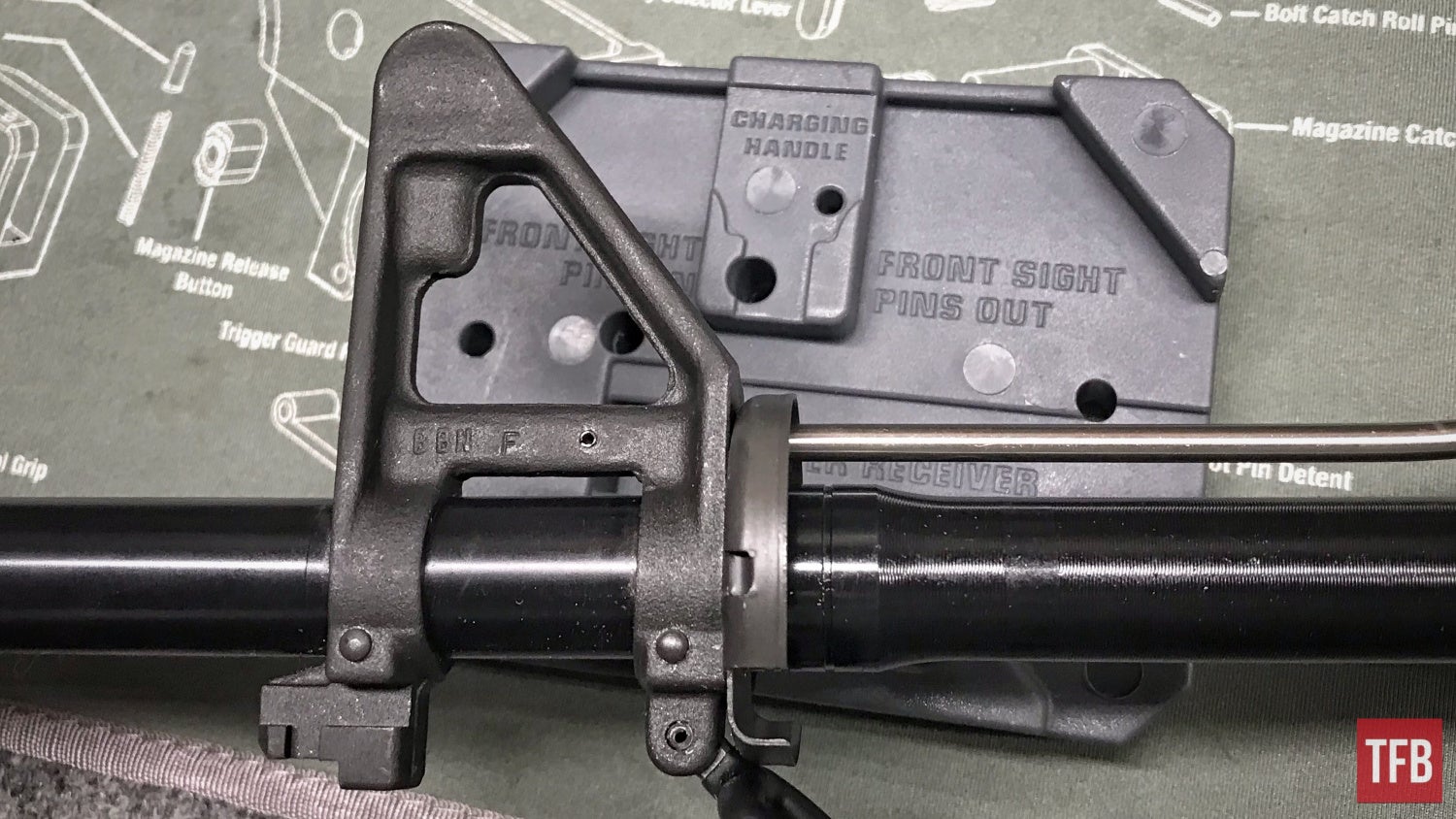
Wheeler offers yet another extremely useful tool in the AR15 bench block which has a cut-out for the A2 style sight. It even has holes to capture punched-out pins perfectly where they need to be. One downside is that I could not use the bench block as intended since Smith & Wesson’s tapered A2 gas block pins are inserted the opposite as other AR15s or at least the batch that I have seen. I double-checked that this was not just a fluke at work and sure as can be the ones there were the same. The most common way that these pins come out is left to right.
Note: Double checking which way these pins are intended to come out is a very smart thing to do because it will save you from a lot of pain and anguish. The big tip here is to simply use a caliper like this one from Frankford Arsenal to measure the ends of the pins on each side. This is how I made sure that I was not going to just force these pins in deeper.
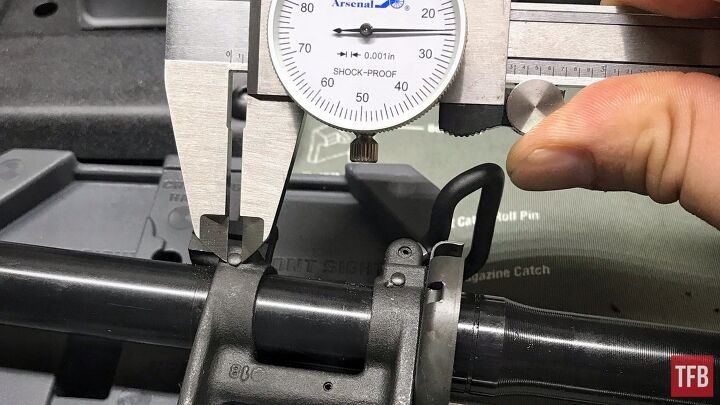
Right side of the gas block. On this gun these pins are smaller than the left.
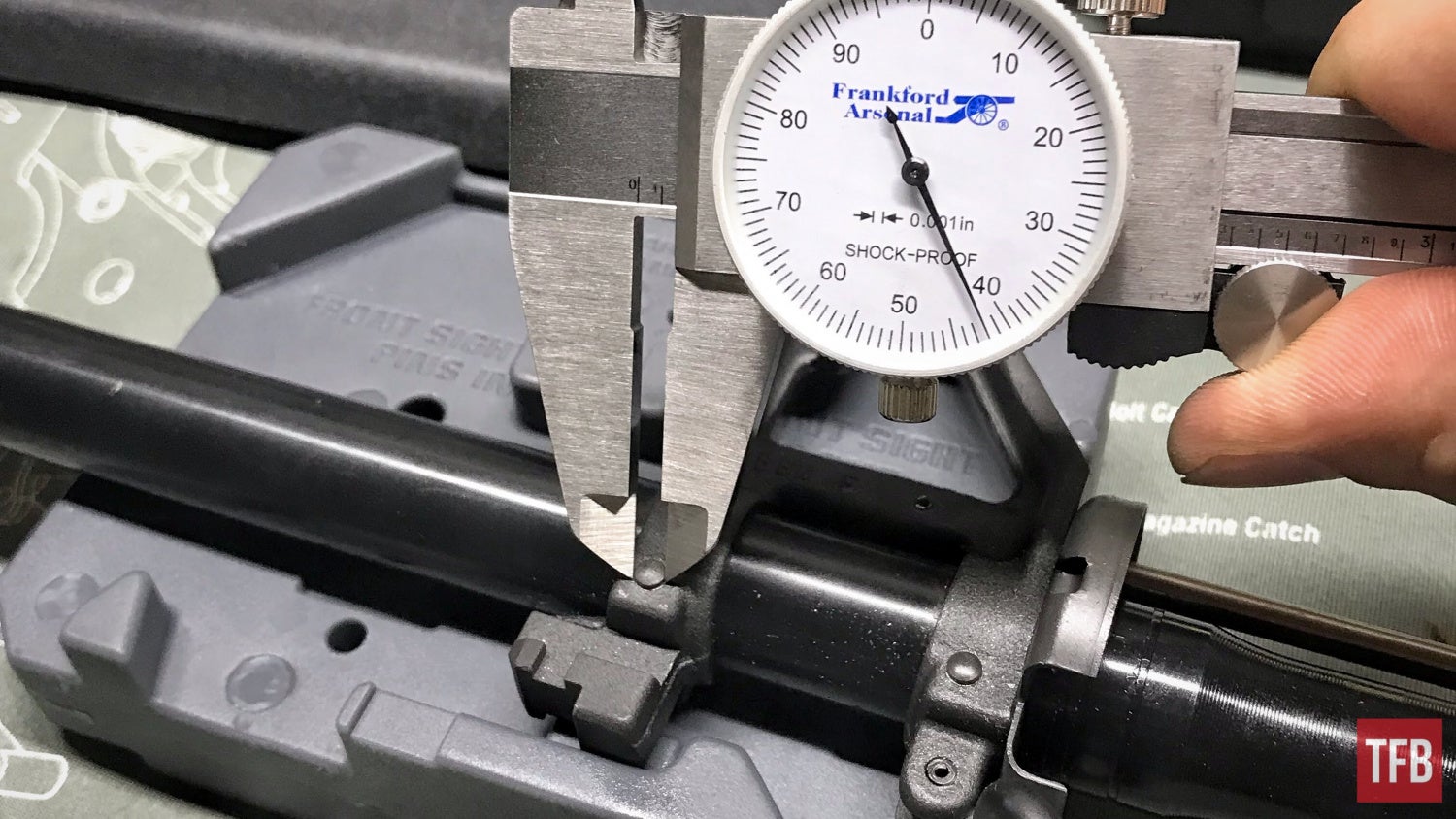
Left side pins are larger on this gun.
Wheeler sells a gas block taper pin removal kit and it comes with two punches. One is very large and is made to start the taper pin moving. The idea is that the punch puts as much surface area in contact with the pin as possible.
Note: These say “wear goggles” for a reason. When working with these pins, for whatever reason they can throw sparks and even create smoke! Crazy I know but it is true. I apologize that I do not know the science behind it but I am sure someone will be happy to explain or take a guess in the comments.
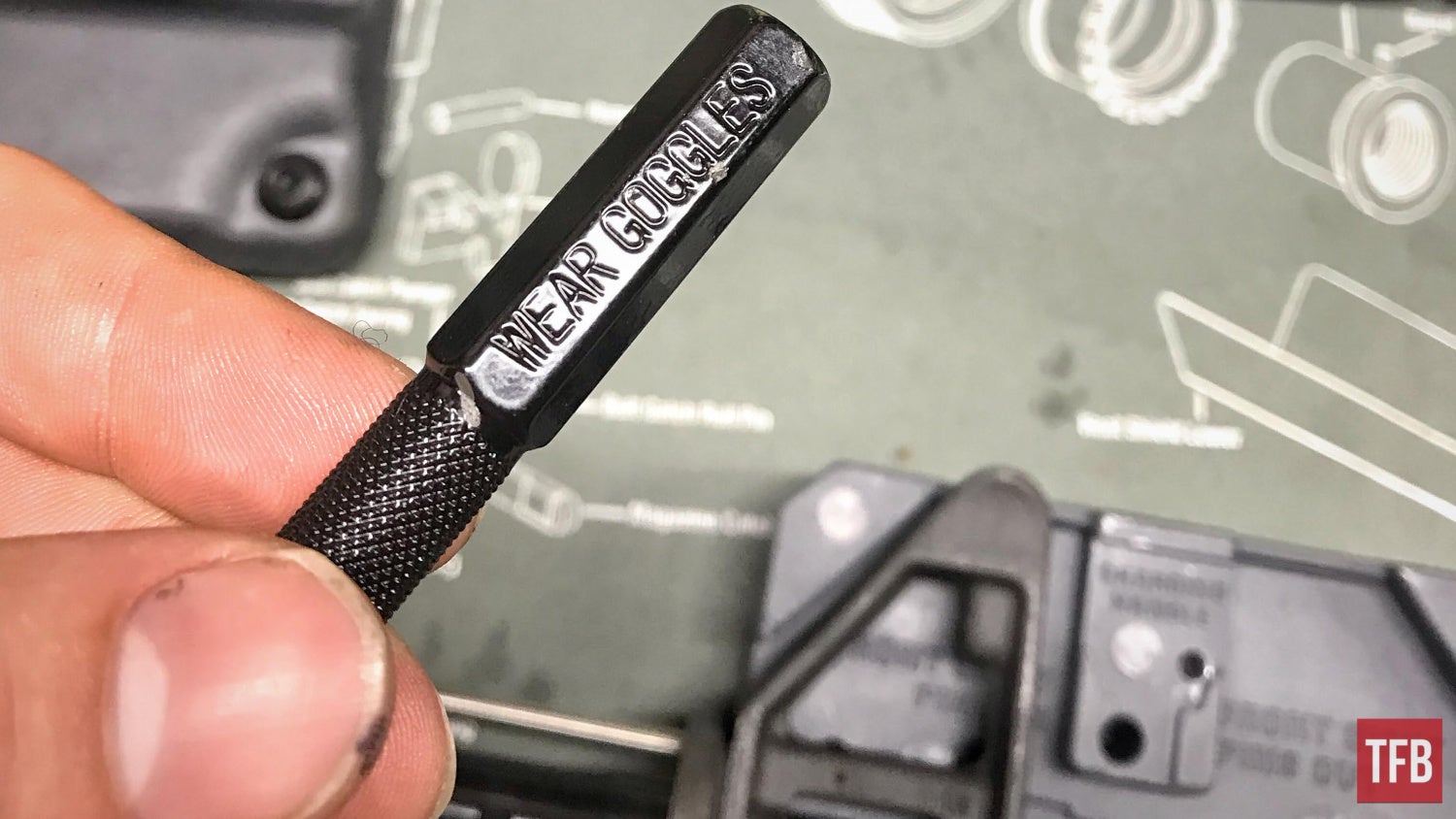
Using a wider-faced punch, punch down the taper pin till it is flush or sometimes just below flush with the gas block.

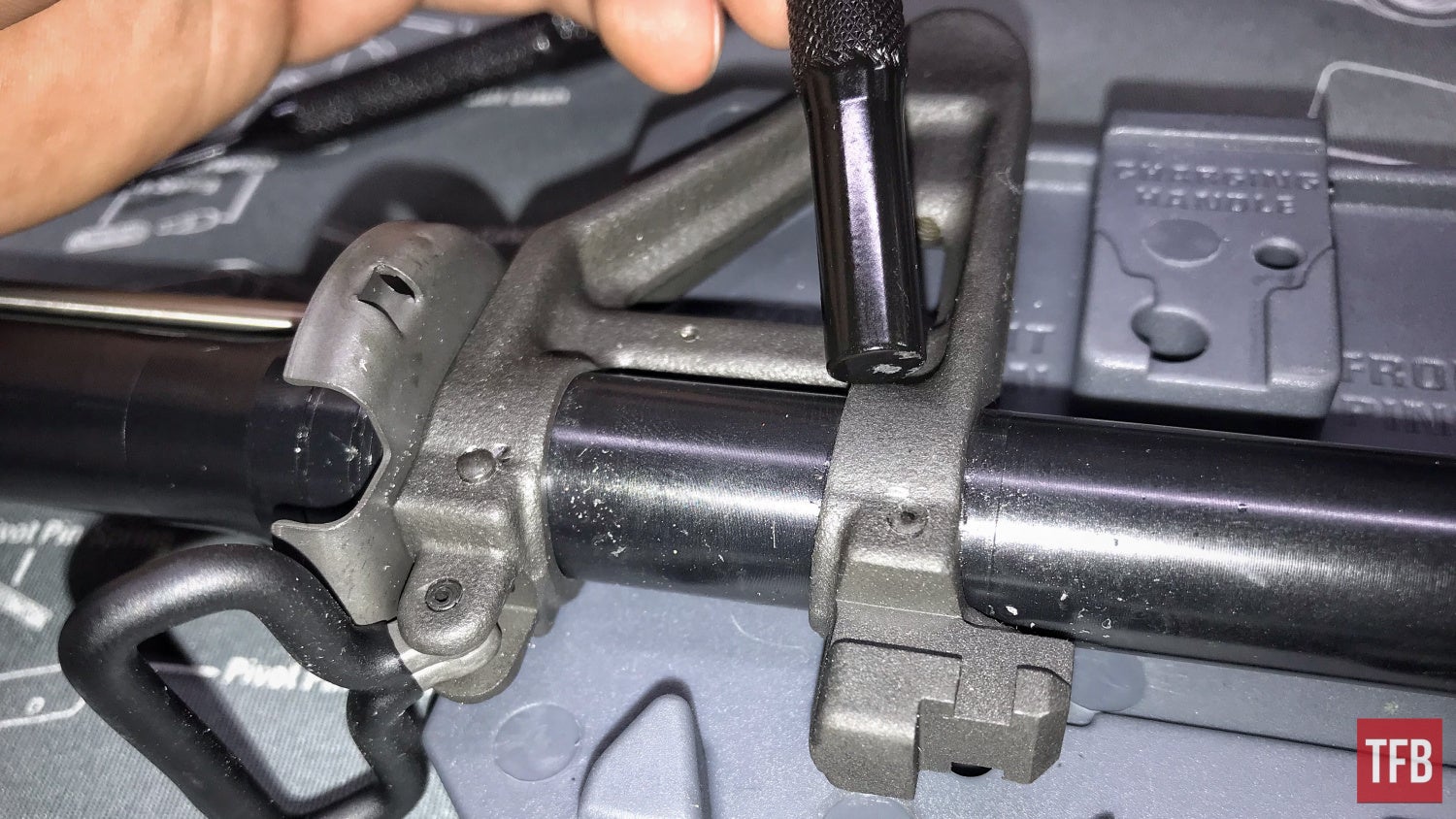
Using a 3/32 punch (I believe) you can start to punch out the gas block taper pin after in has been started by the much larger punch. These pins can be very snug so make sure the work surface you are working on is not wobbly or soft because bouncing can make you fight against your own power.


Do not worry about anything being under spring tension or anything like that when removing your punch from the gas block. This is one of those rare parts in an AR15 that does not rely on spring tension to function. Just be mindful of your gas tube since it is still attached to your gas block.
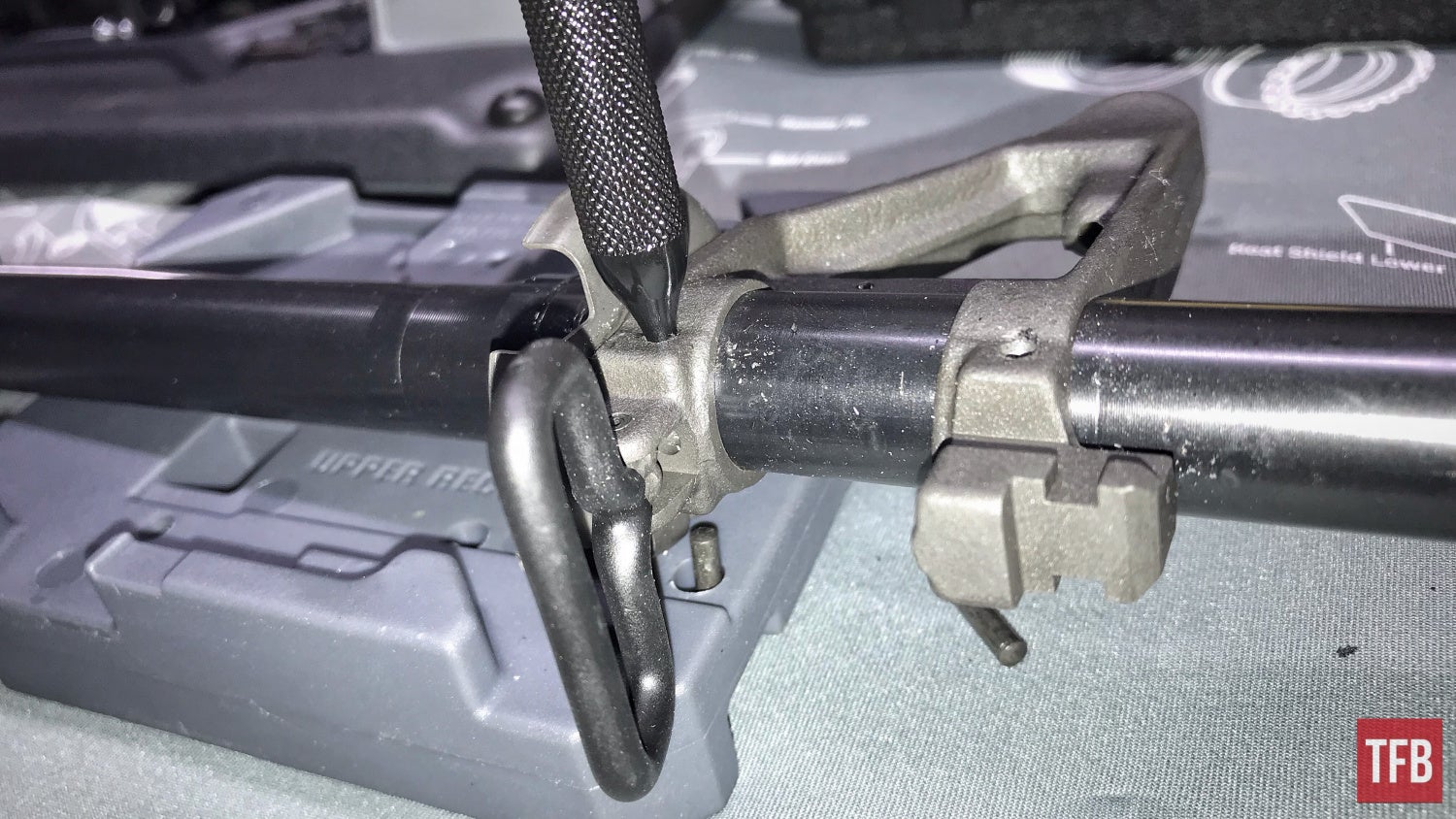
The gas block/A2 sight can be removed with the persuasion of a nylon or a soft-sided hammer. Just tap light taps toward the muzzle until you are able to slide it off. Be aware that some gas blocks have set screws located on the bottom of the block and may need to be removed or loosened.

TFB Armorer’s Bench: Tips and Tricks – AR15 Gas Blocks
Removal: Gas block removal can be a daunting task since it often involves brute force that may make someone uncomfortable (looking at you taper pins!).
- Stuck pins can be removed with the use of heat. I recommend a heat gun before going straight to a torch. I also recommend using some sort of penetrating oil the day before attempted removal.
- Measure the heads of taper pins to determine which way they should be smacked out. I have had to deal with some nasty pins that were punched in rather than out because the person forgot to measure. I recommend a dial caliper!
Alignment/Replacement: Misaligned gas blocks are a super common issue that I see when people build their first AR15 or deal with a barrel without corresponding predrilled pin holes or dimples. Your gas block can still work if it is not completely over the top of the port.
- With 90% of barrels, there is a shoulder against which your gas block should butt up. This ensures that as long as your gas block is in the right orientation and aligned right, the two ports are open to each other. Some really cheap gas blocks may not be mil-spec in this sense and not line up. Shell out a few extra bucks for the real deal thing.
- Proper alignment can be achieved by doing some measurements and using a scribe to score a light scratch on the metal surface to line everything up. I myself would usually do this method before I became extremely used to installing gas blocks.
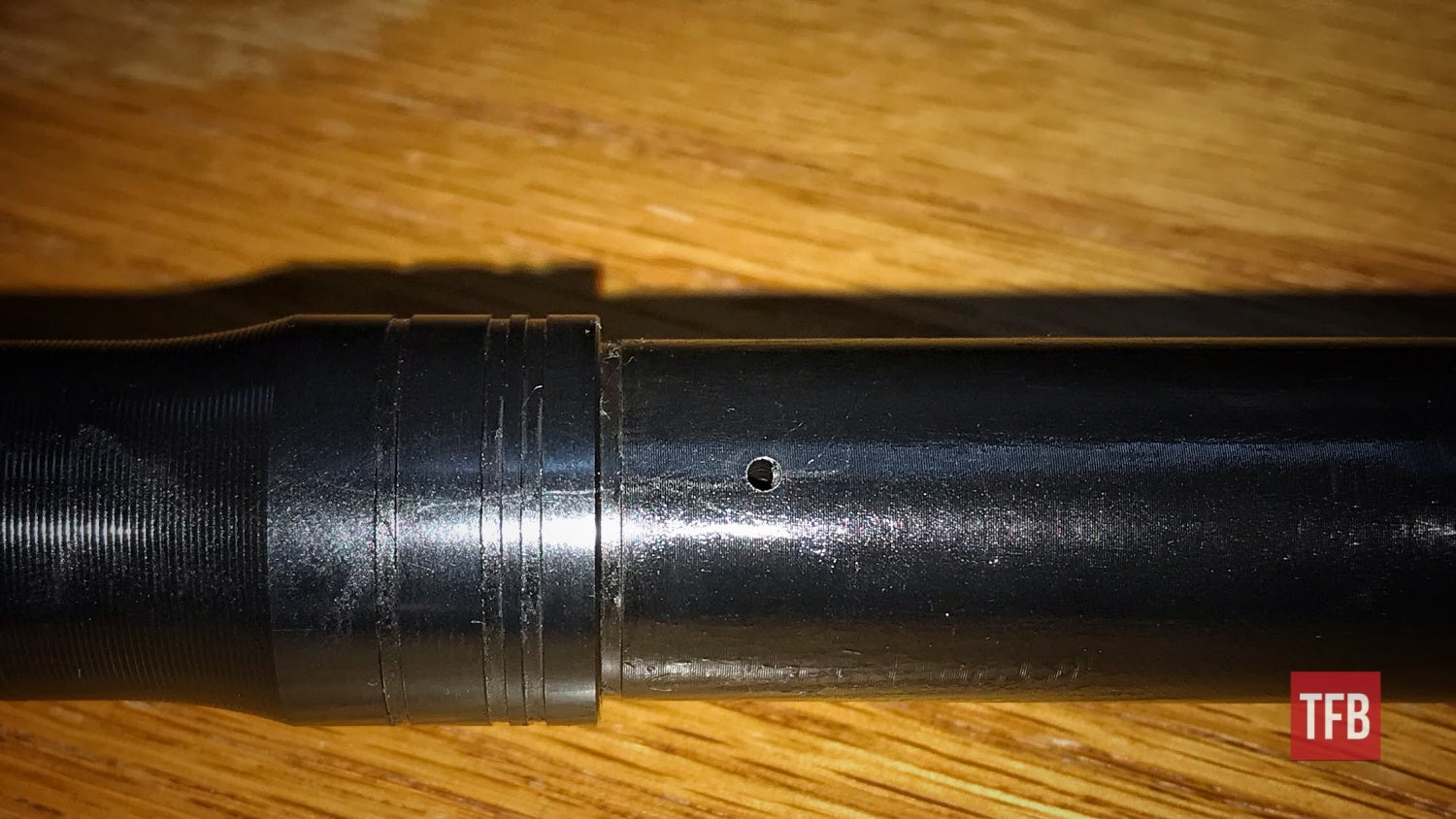
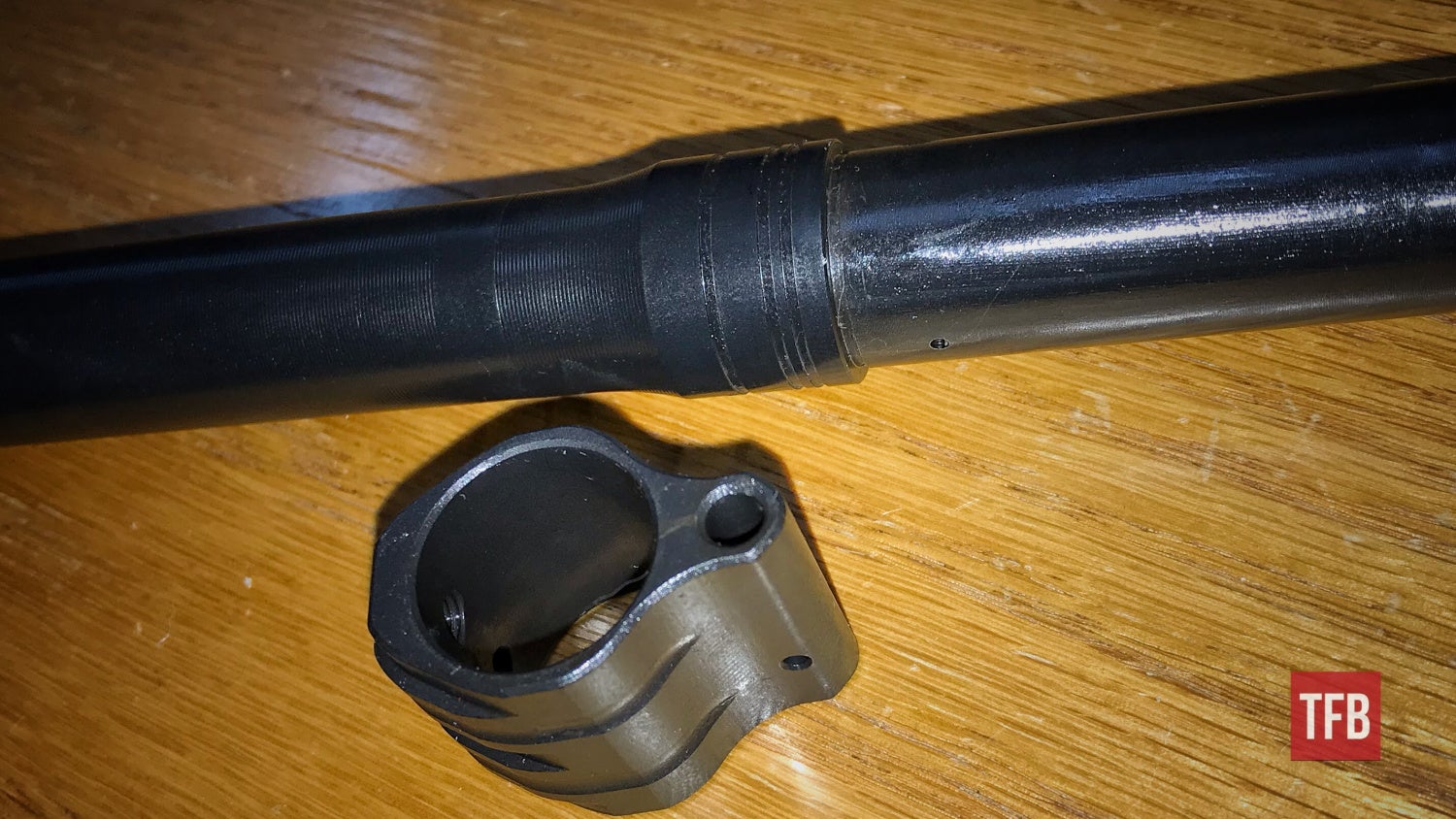
- Other ways of alignment do exist like using a marker to mark a line from the barrel port to an inch or so away so when your gas block is installed you can line up the tube with the marked line and ideally your gas ports should be close enough.
- Another alignment method that I know of would be using something like Brownells AR15 gas block “aligner” which is a set of segmented plastic rods that are made to be single-use and disposable. I admit that they probably work fine but my gripe with them is that they are disposable and not worth my own personal money at this point. A plastic rod is inserted into the barrel port and broken off and when the gas block is slid over the top the slightly protruding rod is supposed to catch on the gas block gas port and properly align it. Then the plastic piece is shoved out the barrel with a cleaning rod…If you must use this method don’t waste your money on plastic segmented bits. Use a spaghetti noodle or toothpick!
- If you choose to dimple an un-dimpled barrel an option you have is to only dimple the screw spot closest to that shoulder mentioned above. All gas blocks that use screws will line up with that rear dimple but the front one is up to the manufacturer. One screw solidly in a dimple is plenty to hold the gas block tight. If you are rolling with the same gas block forever and want it to be perfectly on…dimple both!
Other: Just a mish-mash of last thoughts on AR15 gas blocks. If you guys have more ideas or tips or tricks please feel free to share and help one another out!
- Loctite is extremely useful but in terms of gas block screws make sure to take it easy and just put on a small amount to coat the threads as it gets threaded into place.
- A way I have heard of people double-checking their alignment is blowing through the barrel with one end capped off and feeling the gas block port for airflow.
- I have also heard of people using bubble levels if your gas block has a flat side. Much like using bubble levels to align crosshairs on a scope, you can do the same to a gas block as long as it has a reliably ground flat side.
- When dealing with a gas block that has set screws make sure to remove the one that is closest to being just beneath the gas block gas port hole and see if they are perfectly lined up. They almost always are. This way you can slide your block on upside down to see if it needs to butt up against the shoulder or be held off slightly.
Conclusion: Tips and Tricks – AR15 Gas Blocks
So here we are closing out another very long article but I hope it was of value to anyone out there struggling with gas block-related issues or questions and maybe some of you folks learned something new. As always I am only human and typically pretty sleep deprived so feel free to talk amongst each other and help each other out with more tips and tricks. Be kind and be safe out there. Thanks for tuning into this week’s TFB Armorer’s Bench!

As always, thank you for reading TFB! Be safe out there, have fun while shooting, and we will see you next time for the TFB Armorer’s Bench brought to you by Wheeler, Tipton, Caldwell, and Frankford Arsenal! Also, let us know what you think in the comments below! We always appreciate your feedback.
Pro Range Glasses, Clear

The Caldwell® Pro Range Glasses feature a stylish wrap-around design and are a great choice for all shooters. They feature an adjustable nose piece and temples for all day comfort. The scratch resistant lens meets ANSI Z87.1 standards and offers 99.9% UV protection.
AR Armorer’s Bench Block

Tired of trying to secure your AR parts while installing a pin, detent or spring? The AR-15 Bench Block is the answer! Specifically designed for AR-15 assembly and disassembly, the AR-15 Bench Block is the perfect tool. It securely holds the upper receiver, lower receiver, front sight and charging handle during assembly, disassembly and maintenance.
Frankford Arsenal Stainless Steel Dial Caliper
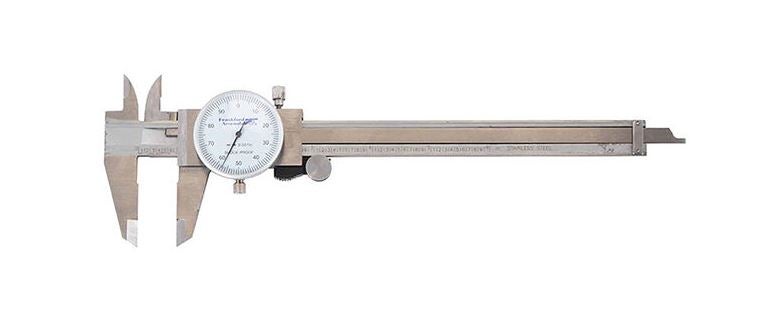
Reloading ammunition requires attention to many critical cartridge dimensions, including case length, neck and base diameters, overall length, primer pocket depth, etc. Verifying these dimensions is quick and convenient with the Frankford Arsenal® Stainless Steel Calipers. These calipers are accurate to within .001″. The calipers allow you to measure inside and outside diameters, plus depths. You will find them useful for many measuring tasks on and off the reloading bench. Packaged in a convenient and protective case.
Hammer and Punch Set, Plastic Case
The Wheeler® Hammer and Punch Set includes a polymer/brass combination hammer, eight precision brass punches, four steel punches and two plastic punches. It comes in a handy molded case. It makes for a great tool for driving pins or drifting sights at the shooting range, or on your gunsmithing bench.
Wheeler AR Armorer’s Ultra Kit

Ultra Kit includes: AR-15 AR Armorer’s Vise, AR-15 Combo Tool, Torque Wrench, AR-15 Armorer’s Bench Block, AR-15 Roll Pin Installation Tool Kit, Upper Vise Block Clamp with Gas Tube Alignment Tool, Maintenance Mat with Exploded AR-15 Diagram, Pivot Pin & Roll Pin Installation Tool, AR Front Sight Tool, Delta Ring Tool, Strap Wrench, AR-15 Bore Guide, AR-15 Adjustable Receiver Link, .22 Cal Bore Brush, Bolt Carrier Brush, Chamber Brush, Magazine/Upper Receiver Brush, Nylon Brush Handle, Double-ended General Cleaning Brush, Cleaning Pick Set, and Custom Fitted Carrying Case.
 Your Privacy Choices
Your Privacy Choices
